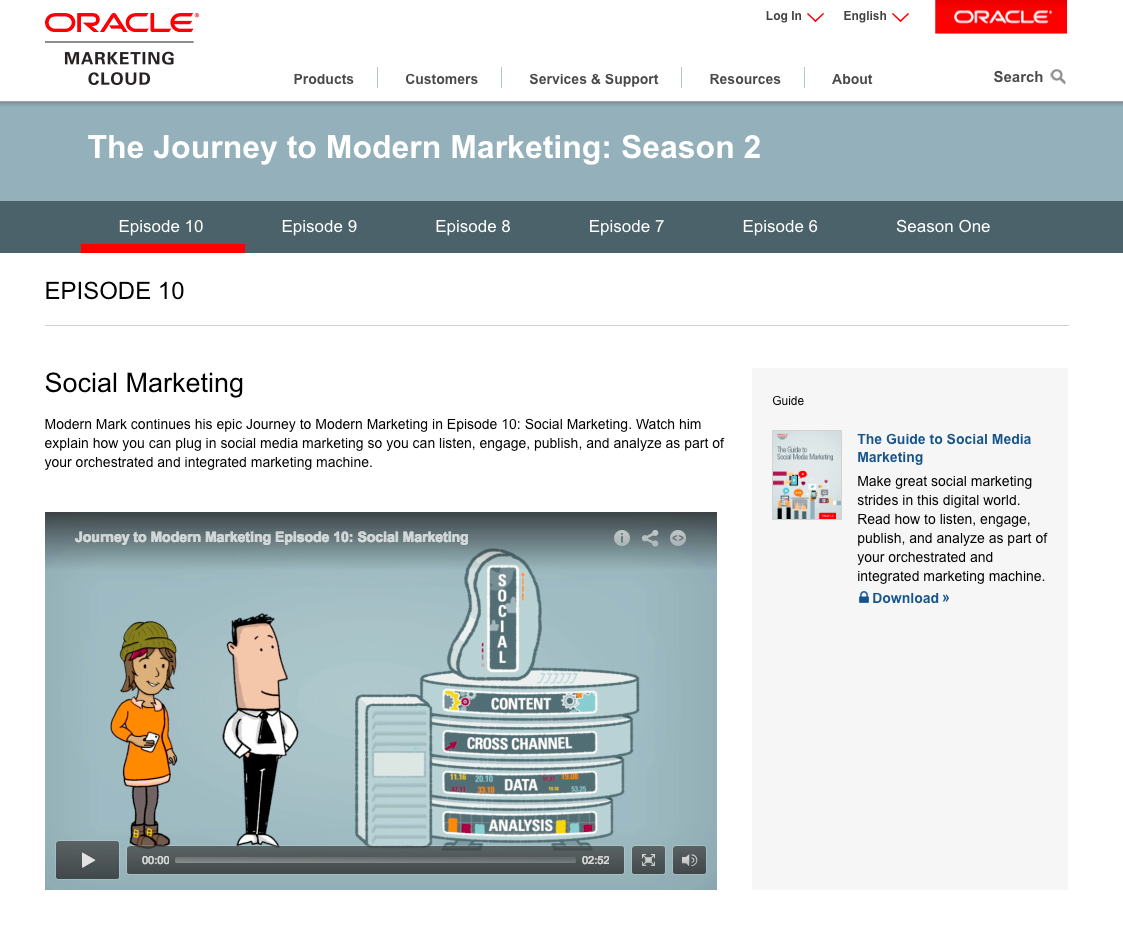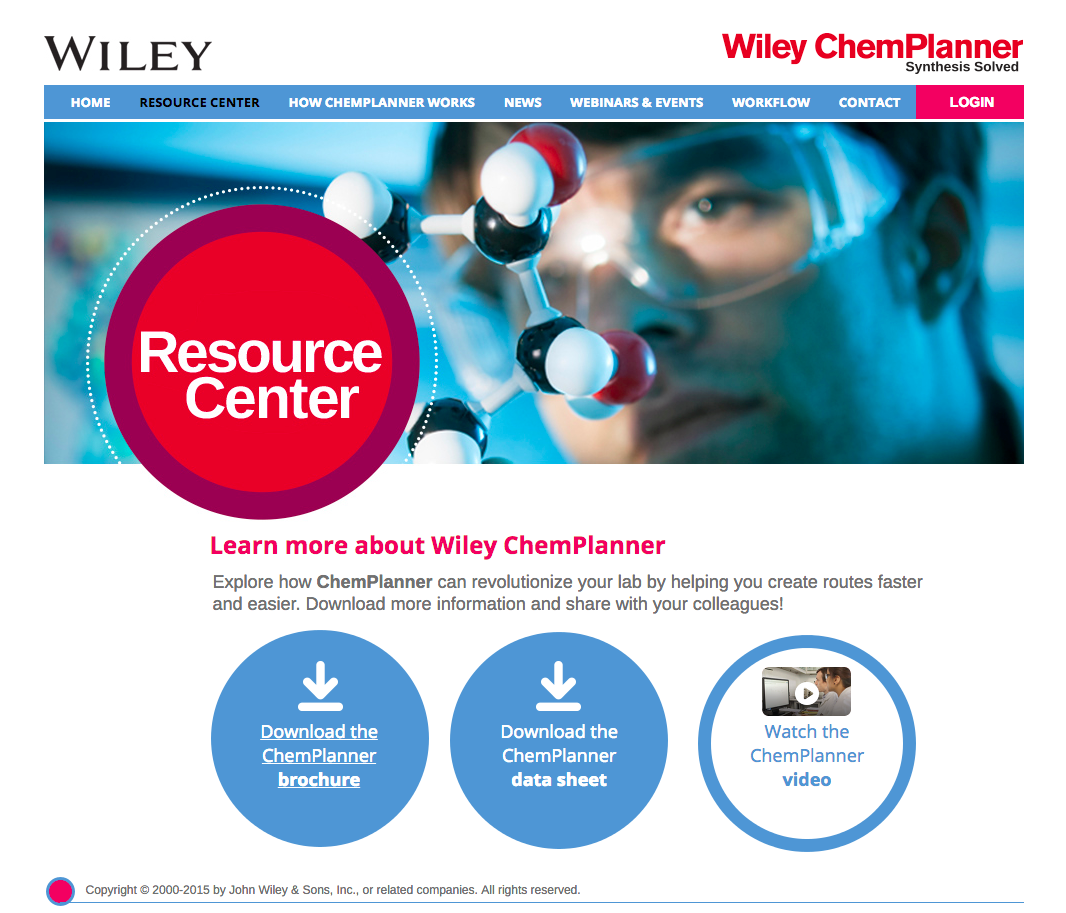Integrating video across a multi-channel marketing campaign can be perplexing. We recently wrapped up our spring event series ( MarTech, Marketo, Oracle’s Modern Marketer, Sirius Decisions), during which we heard questions from marketers like, “How do I use video in email?” “Which kinds of videos should I put on my landing pages?” “How can I measure video effectiveness?” And while we answer questions at these events, we also gain a lot of knowledge. The ways marketers use videos are unique, but there is one underlying theme. Video can take a leading role in your campaigns, or play a supporting role -- supplementing current marketing campaigns. Based on your resources, preferred channels, and goals, your use of video will differ.
During Brightcove PLAY (where we hosted 500 of our closest friends) I was fortunate enough to moderate a panel with two video marketing leaders, Jeffrey L Cohen from Oracle Marketing Cloud and Maritza Aviles-Matos from Wiley. {Disclaimer both are Brightcove customers} Their differing approach to video marketing crystallizes video as the lead versus video as a supporting role perfectly... Let’s examine the success of their video stories.
Letting Video Take the Lead in Your Global Marketing Campaign
The Story: Oracle’s Modern Mark campaign clearly puts video in the lead role. The animated campaign, like a TV show, has multiple episodes and seasons that follow video and marketing automation escapades of the main character, Modern Mark.
The Goal: Engagement. Taking the lead, the goal of this video series is to nurture and educate prospects as they progress through the buying cycle. The videos are ungated and Oracle wisely offers wisely offers downloadable content that is contextually relevant to each episode. Audiences are guided to this content through email campaigns.
Video as a Supporting Role in Your Marketing Campaign
The Story: Wiley stepped into the shoes of its customers with the company’s ChemPlanner video. The 2-minute video discusses the ability to model new compounds through Wiley’s solution. The video connects with the audience as it touches on the cost, environmental, and other challenges chemists confront in the lab.
The Goal: Engagement. In a supporting role, Wiley used this video to augment existing marketing efforts. One demand generation campaign identified top-of-funnel leads based on video viewership, using a rule of more or less than 50% video completion. In a new campaign, the video was reissued on an existing landing and website pages, promoted in emails and integrated into Wiley’s marketing automation platform (MAP), Eloqua. They also tested this video against other visual content, an infographic. By integrating their video viewing data with their MAP, Wiley could identify viewership metrics at the user level, ie, knowing that [PERSON X] from [COMPANY Y] watched precisely 93% of their video. Then, through the integration of their MAP and CRM, they closed the loop on video marketing! Individual viewing information was fed to the sales team who then followed up appropriately. Powerful!
Ready to give it a try? Which video content do you already have that can provide insightful data? How can these viewership habits build stronger lead profiles? Choose a video (or create one if you’re just getting started!) and build simple parameters. By merely integrating video engagement from one piece of video content, you can drastically improve your lead scoring model.
If you’re ready to move video from a supporting role to a leading star in your marketing campaigns, consider the following -- retention campaigns are a great way for video marketing to make an immediate impact with those that already know your company. If you need a little campaign inspiration check back soon to read about some very simple but effective ways we here at Brightcove have implemented video for retention with great success.



